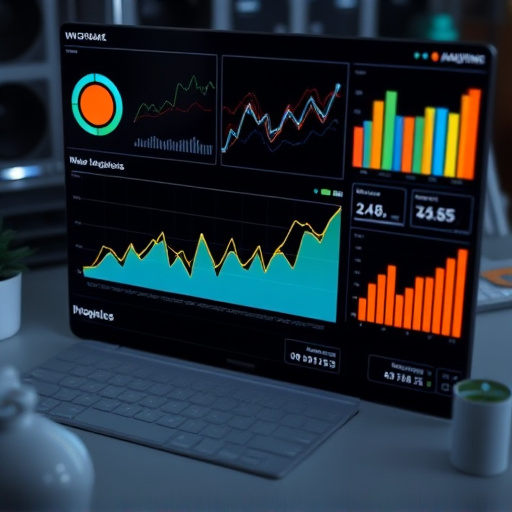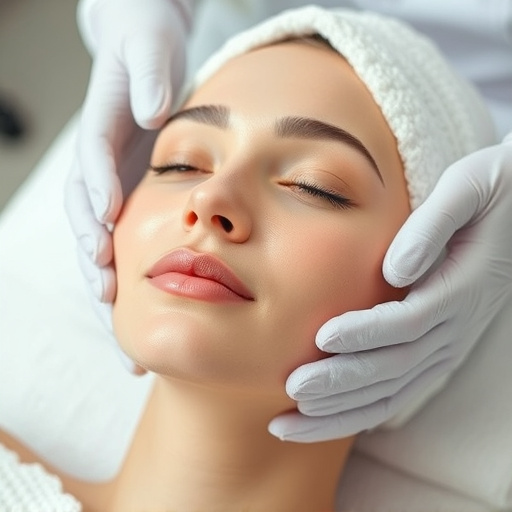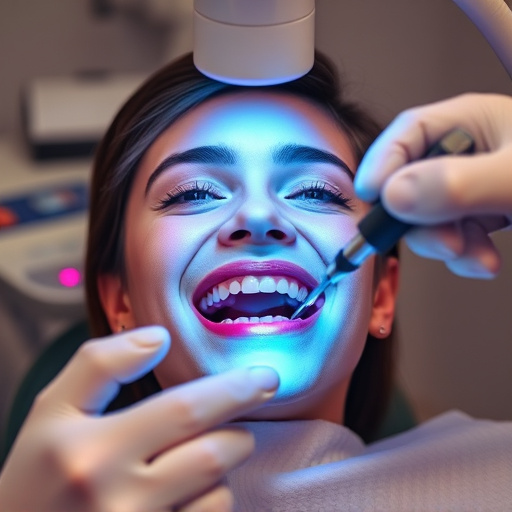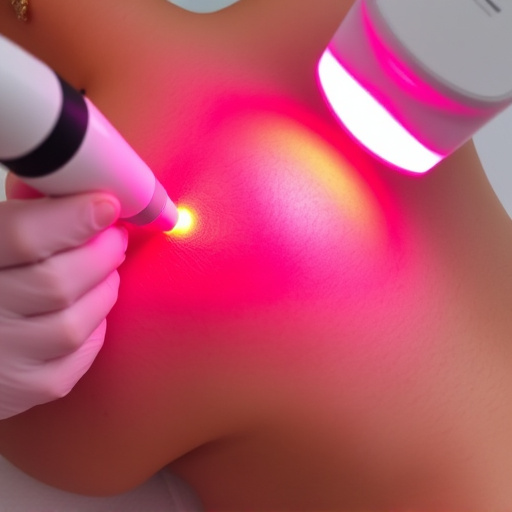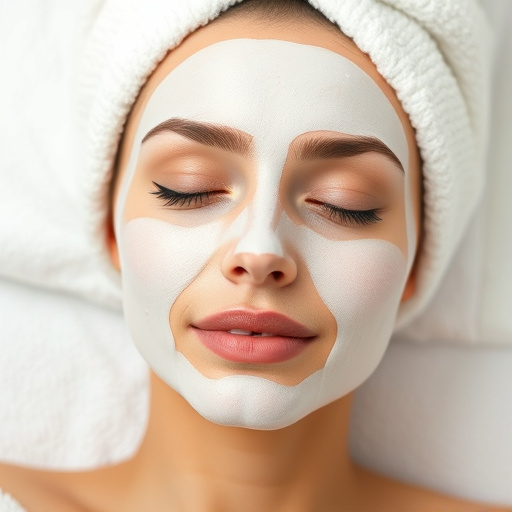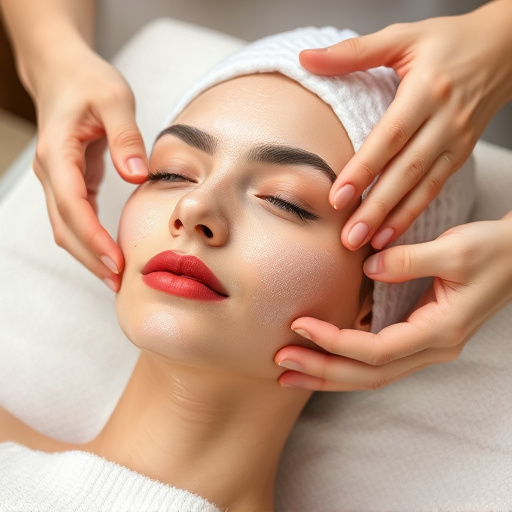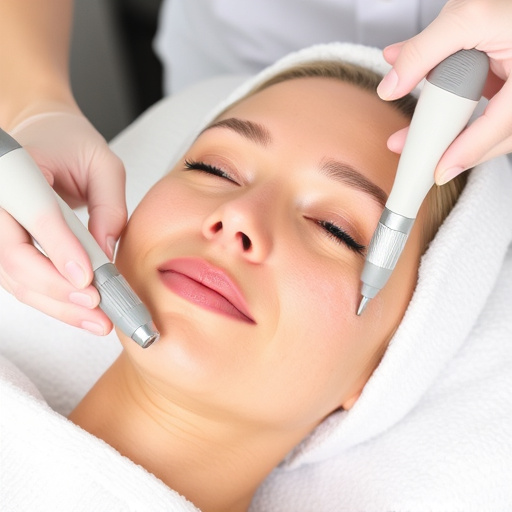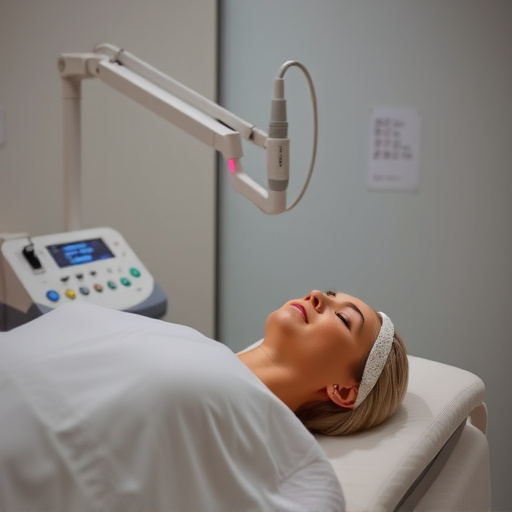Skin resurfacing treatments, including chemical peels, laser resurfacing, microdermabrasion, and RF therapy, offer non-invasive solutions for achieving smoother, brighter, and more youthful-looking skin. These procedures target concerns like acne scars, fine lines, large pores, and uneven skin tone, with temporary redness and swelling as common post-procedure side effects. Multiple sessions may be needed for optimal results, and proper aftercare is crucial. Ideal candidates have healthy skin, realistic expectations, and a commitment to post-treatment care, leading to personalized rejuvenation outcomes.
“Unveil a rejuvenated complexion with our comprehensive guide to skin resurfacing treatment. This procedure offers a transformative path to achieving smoother, more even skin. In this article, we demystify the process, from understanding its fundamental techniques to what to anticipate during and after the treatment.
We’ll explore when it’s an ideal time to consider skin resurfacing and who stands to benefit most from this advanced skincare approach, empowering you with all the insights needed for an informed decision.”
- Understanding Skin Resurfacing Treatment: The Basics
- What to Expect During and After the Procedure
- When to Consider Skin Resurfacing and Who is a Good Candidate
Understanding Skin Resurfacing Treatment: The Basics

Skin resurfacing treatment is a non-invasive procedure that aims to improve the overall appearance and texture of the skin by eliminating damaged or irregular layers. This process involves exfoliating the topmost layer of the dermis, stimulating collagen production, and refining the skin’s surface to reveal smoother, brighter, and more youthful-looking skin. The treatment is suitable for individuals with various skin concerns, including acne scars, fine lines, wrinkles, large pores, and uneven skin tone.
There are several techniques employed in skin resurfacing treatments, such as chemical peels, laser resurfacing, microdermabrasion, and radiofrequency (RF) treatments. Chemical peels use specific chemicals to gently exfoliate the skin, while laser resurfacing employs concentrated light beams to vaporize damaged tissue. Microdermabrasion involves the mechanical exfoliation of the skin’s surface using fine particles, and RF treatments use electromagnetic energy to heat the deeper layers of the dermis, promoting collagen renewal. Following the procedure, patients can expect some redness and mild swelling, which typically subside within a few days. Skin tightening, pore refinement, and hydrating facials may be recommended as adjunctive treatments to enhance the overall results and maintain optimal skin health.
What to Expect During and After the Procedure
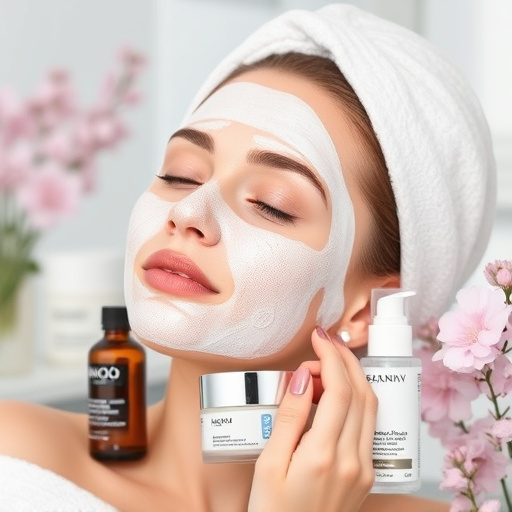
During a skin resurfacing treatment, such as chemical peels or laser therapy, patients can expect to feel a slight stinging or burning sensation as the procedure begins. This is normal and often indicates that the treatment is taking effect. The healthcare provider will guide you through the process, ensuring comfort throughout. After the procedure, it’s common to experience redness and mild swelling, which usually subside within a few hours to a day. You may also notice improved skin texture and a more even complexion as early as 24–48 hours later.
In the days following the treatment, proper skincare is essential for optimal results. Your provider might recommend specific products or routines, including gentle cleansers, moisturizing creams, and sun protection. It’s crucial to avoid excessive sun exposure and strenuous activities during this time. Additionally, some treatments may require multiple sessions spaced several weeks apart for best outcomes, mimicking natural skin renewal processes for enhanced skin rejuvenation and body contouring effects, similar to the transformative power of microneedling therapy.
When to Consider Skin Resurfacing and Who is a Good Candidate
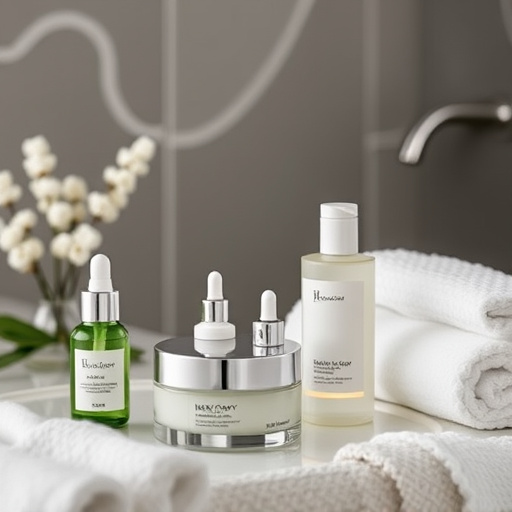
Skin resurfacing treatment can be a game-changer for those seeking to improve their skin’s texture and appearance. Considering this procedure is often a decision driven by various factors, primarily focusing on enhancing specific concerns. The ideal time to contemplate such a treatment is when individuals are unhappy with fine lines, wrinkles, scarring, or uneven skin tone—issues that can be effectively addressed through specialized techniques like chemical peels or customized facials.
Determining if you’re a good candidate involves consulting dermatologists who will assess your skin’s condition, type, and overall health. Those with healthy skin, realistic expectations, and a commitment to post-treatment care are typically suitable candidates. Chemical peels, for instance, can be tailored to different levels of depth depending on the desired results, from gentle exfoliation to more intensive resurfacing. Similarly, customized facials offer a personalized approach to target specific concerns, including skin brightening for a radiant complexion.
Skin resurfacing treatment offers a transformative solution for those seeking smoother, more youthful-looking skin. By understanding the basics, knowing what to expect during and after the procedure, and recognizing the ideal candidate profile, individuals can make informed decisions about this popular aesthetic enhancement. Whether you’re considering skincare’s game-changer, remember that each person’s journey is unique, and consulting a professional is key to achieving optimal results.
